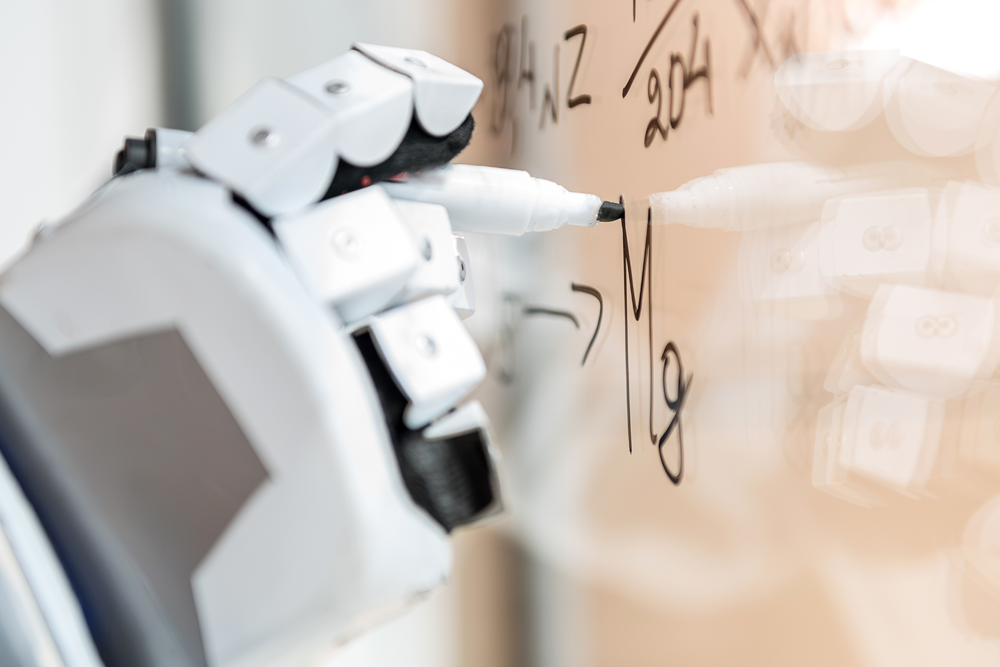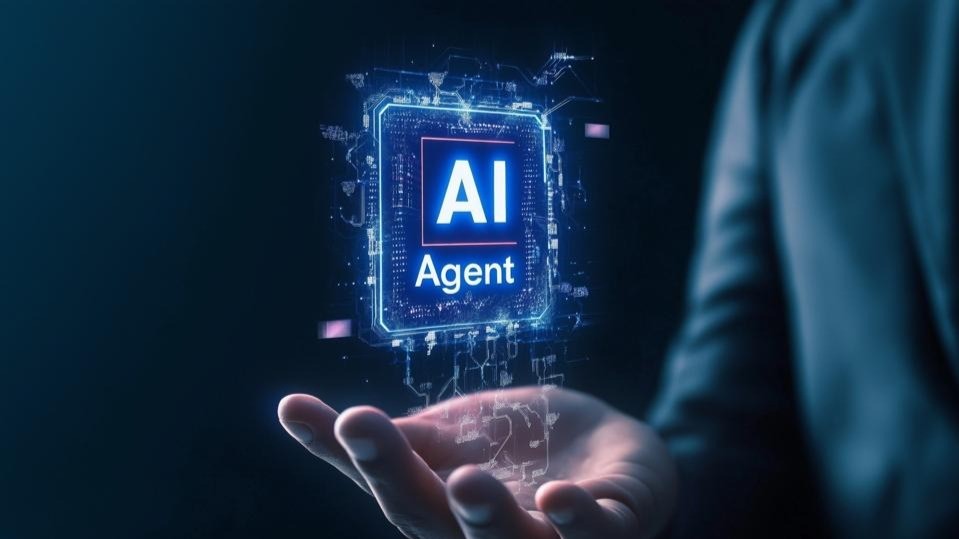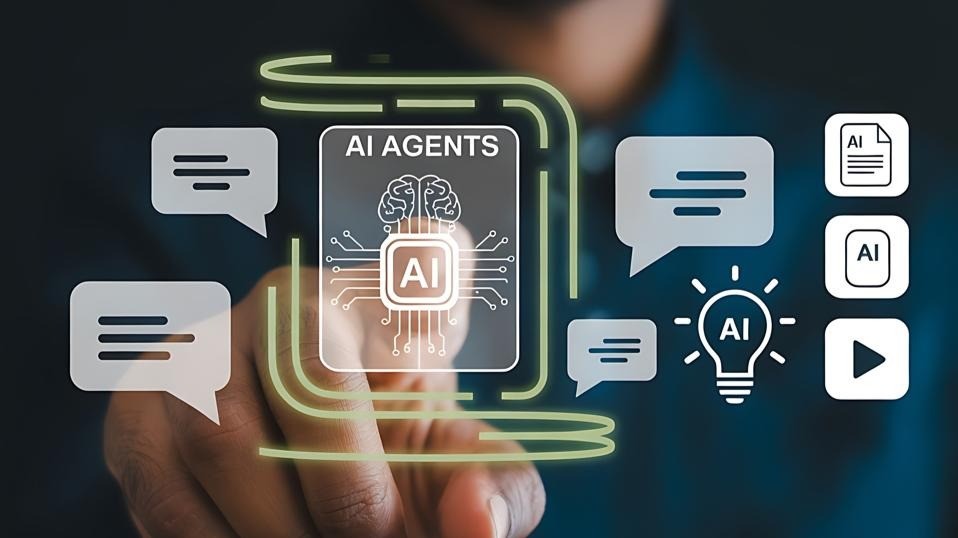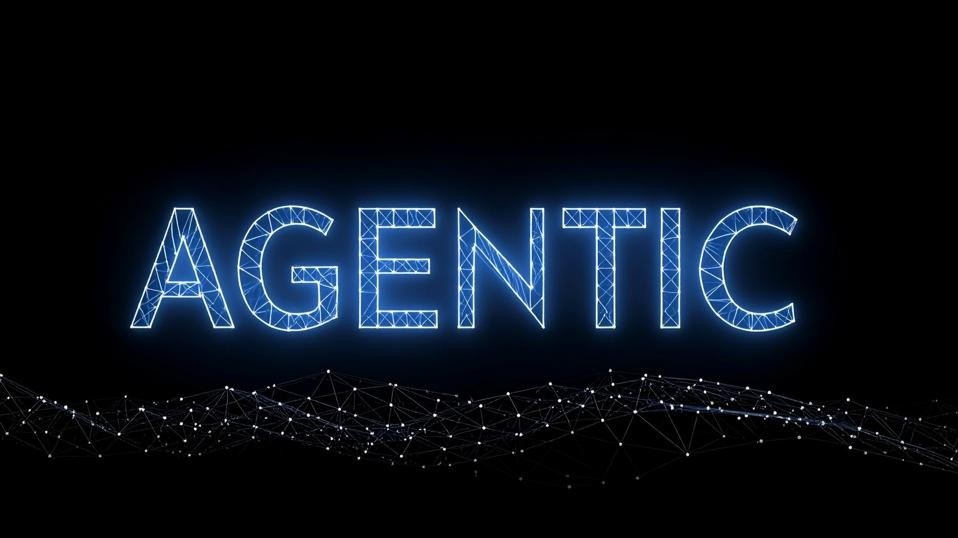Meet Hemingway: The Artificial Intelligence Robot That Can Copy Your Handwriting
2 July 2021
The everyday tasks that humans often take for granted, such as walking and handwriting, have, until recently, been challenging to programme a robot to do. The Handwriting Company now has a robot that can create beautifully handwritten communication that mimics the style of an individual’s handwriting while a robot from Brown University can replicate handwriting from a variety of languages even though it was just trained on Japanese characters. Achieving this milestone of robotic capabilities was quite a feat for the researchers and roboticists behind the scenes and the machine learning algorithms that power the robots’ skills. Let’s review what’s currently possible today and what might be in store for the future with robots creating handwritten text.

Technology Behind Hemingway
Hemingway is The Handwriting Company’s robot that can mimic anyone’s style of handwriting. All that Hemingway’s algorithm needs to mimic an individual’s handwriting is a sample of handwriting from that person. Not only can Hemingway write faster than a human, in one example completing the sample text provided in 2 minutes that took the human who provided it 15, it’s also surprisingly accurate. When a company is trying to deliver a personal touch to a large group of individuals with handwritten notes, you can imagine how important this time savings could be.
While script from the same language shares specific characteristics no matter who is doing the writing, every individual has nuances in their handwriting that makes it unique to them including the pressure applied by the writing utensil, flourishes to various characters, inconsistencies and the like. These nuances are picked up by Hemingway’s algorithm to recreate very realistic handwriting samples that make it difficult to discern it was created by a robot.
The Handwriting Company uses this technology to provide its clients, including corporations, politicians, and political parties, with handwritten text for marketing purposes. Brides and grooms have even used it for their wedding invites. The company promises the “automation of robotics with the creativity of humans.”
While the robotic handwriting doesn’t yet fool a graphologist, who was able to tell automated handwriting from a human handwriting sample only because the robotic sample lacked a bit of fluidity, it’s good enough to fool others. Future developments in the works would be to allow this technology to be used at home and to adjust the style based on emotions that the communication needs to convey.
Handwriting Robot from Brown University
Researchers at Brown University, including Atsunobu Kotani and Stefanie Tellex, have also made strides by making a deep-learning algorithm that helped a robot produce handwritten words and even hand-drawn images.
The Brown University robot was trained to handwrite Japanese characters. After that, it was able to apply its learning to other languages it had never written before including Greek, English (print and cursive) and Hindi by merely looking at examples of that writing. To top it off, it was also able to recreate a handwritten drawing of the Mona Lisa.
Handwriting may seem like it would be simple to learn, but it’s quite complex to do so in reality. Just think about how a child learns to write. It’s not enough to show a child a picture of handwriting; they must receive instructions about how to form each letter.
The roboticists at Brown University split their training system into two models—a local model that is concerned with the stroke of the pen and a global model that moves the writing utensil to the next stroke of the character. They fed the algorithm Japanese characters initially and provided some information about how strokes of a character work. Then, the algorithm took over, used its machine vision and predictive capabilities to replicate the writing, even in different languages.
Interestingly, in one test, the researchers challenged the robot to replicate the less-then-precise handwriting of a group of kindergarteners. Although they thought the robot would be stumped, it duplicated the wobbly writing of humans just learning to handwrite quite easily.
What’s next for handwriting technology? One can imagine a future where robots can leave humans handwritten notes instead of print-offs, but we’ll have to wait to see how the technology evolves.
Related Articles
AI Agents Are About To Reshape The Future Of Business
By now, “smart” versions exist of just about every home appliance, gadget and gizmos we can think of. However, manufacturers continue[...]
The Marketing Metrics That Will Matter Most In The Age Of AI Agents
By now, “smart” versions exist of just about every home appliance, gadget and gizmos we can think of. However, manufacturers continue[...]
AI Travel Hacks And Prompts That Will Save You Time, Money And Stress
By now, “smart” versions exist of just about every home appliance, gadget and gizmos we can think of. However, manufacturers continue[...]
AI Agents Are Already Reshaping Business Leadership And Decision Making
By now, “smart” versions exist of just about every home appliance, gadget and gizmos we can think of. However, manufacturers continue[...]
Agentic AI As The New Design Partner
By now, “smart” versions exist of just about every home appliance, gadget and gizmos we can think of. However, manufacturers continue[...]
Invisible Intelligence: Nokia’s Networks With A Sixth Sense
By now, “smart” versions exist of just about every home appliance, gadget and gizmos we can think of. However, manufacturers continue[...]
Sign up to Stay in Touch!
Bernard Marr is a world-renowned futurist, influencer and thought leader in the fields of business and technology, with a passion for using technology for the good of humanity.
He is a best-selling author of over 20 books, writes a regular column for Forbes and advises and coaches many of the world’s best-known organisations.
He has a combined following of 4 million people across his social media channels and newsletters and was ranked by LinkedIn as one of the top 5 business influencers in the world.
Bernard’s latest book is ‘Generative AI in Practice’.










Social Media